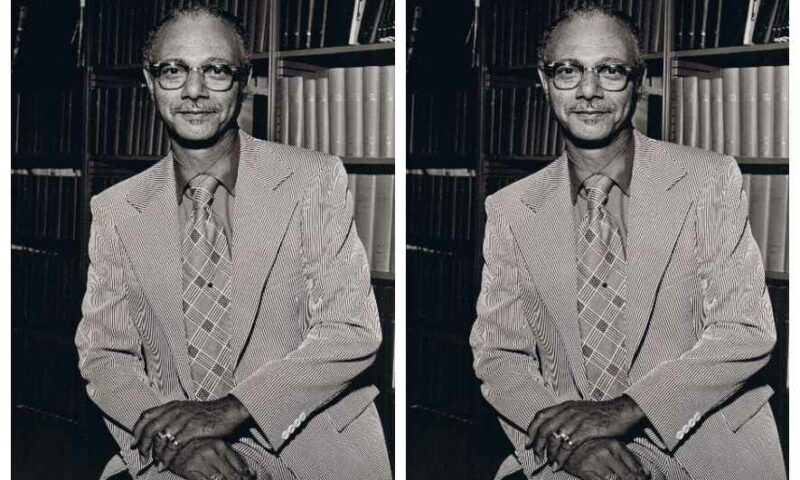By Spy Uganda
As a young black teenager, Edwin Roberts Russell’s dream was quite modest, growing up in South Carolina during the 1920s. He wanted to be a carpenter and build things that would contribute significantly to his community. Little did he know that he would later make a major contribution to the construction of the first atomic bomb in American history; the bomb that enabled the U.S. to defeat Japan in World War II.
Born in Columbia in 1913, Edwin had his formal education at the Benedict College Elementary Training School in South Carolina, and proceeded to study at Voorhees High School in Denmark, where he graduated in 1931. His family later urged him to pursue a college degree, which motivated him to study and graduate with a Bachelor of Science degree from Benedict College, according to the South Carolina African American History Calendar.
Edwin continued to pursue a master’s degree in chemistry at Howard University, financing his education with proceeds from the carpentry and brick-laying skills he picked up in the early stages of his life, and graduated two years later. He however had to work as a chemistry instructor for four years at Howard University before heading to the University of Chicago to pursue his doctorate degree in surface chemistry.
During this period of his life, Edwin was invited to be a part of the history-making experiment to build atomic bombs. The U.S. at the time, was at war with Japan and Germany and needed a strategic way to defeat their adversaries. President Franklin Roosevelt gave the green light for the commencement of the project, which became known as the Manhattan Project. Edwin joined the team in July 1942, and was one of the scientists who were actively tasked with the manufacturing of the bombs.
It was daunting and time-consuming for him because the task demanded long hours to sift through uranium in search of plutonium to manufacture the bomb. The team had the FBI watching every move as they worked on the bombs. Though the team was successful, one of Edwin’s greatest nightmares was the number of people who died from the impact of the bomb they manufactured, as well as the lives of many others whose lives were affected. In one of his public statements on the issue, he explained that the team never thought of the harm the bomb could cause to human lives during the manufacturing process; the goal was to produce energy, not the devastating effect on people.
A terrible reality Edwin had to also deal with was racial segregation while the black scientists worked on the Manhattan Project. He recalled how white and black scientists were placed in different rooms at a pilot plant built in Tennessee. Instead of working with the team in Tennessee, he opted to work in Chicago, where he was the section leader and research chemist at the University of Chicago Metallurgical Laboratory and Argonne National Laboratory.
He was later appointed as a professor of chemistry and chairman of the science division at Allen University in 1947 when he returned to Columbia. Edwin spent the latter part of his career in private practice. From 1957 to 1976, he worked with E.I. Dupont Savannah River Laboratory in Aiken, and was credited with a series of U.S. patents for his work on the atomic energy program.
He also authored several classified publications in the field of nuclear energy and served as a contributing editor to the national nuclear energy series.







This is really interesting, You’re a very skilled blogger. I have joined your feed and look forward to seeking more of your great post. Also, I’ve shared your site in my social networks!
Simply desire to say your article is as astounding. The clarity in your post is just great and i can assume you’re an expert on this subject. Fine with your permission let me to grab your feed to keep updated with forthcoming post. Thanks a million and please continue the gratifying work.